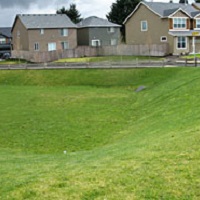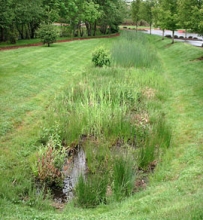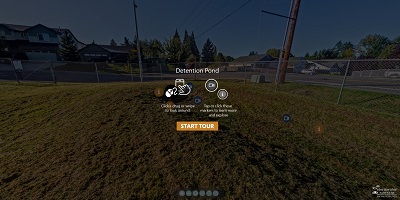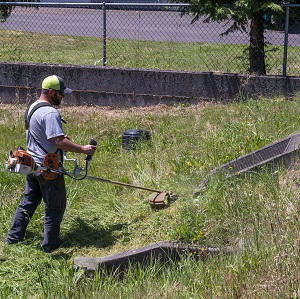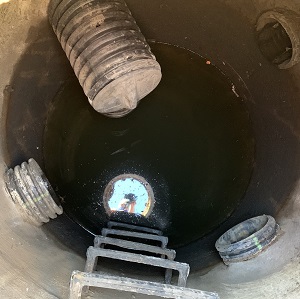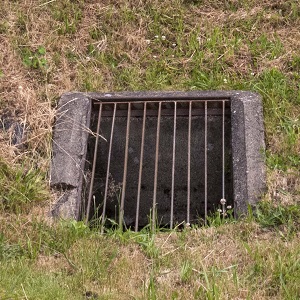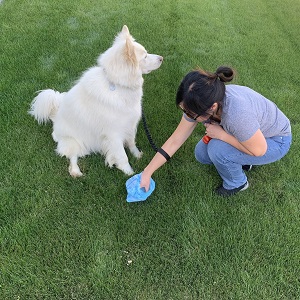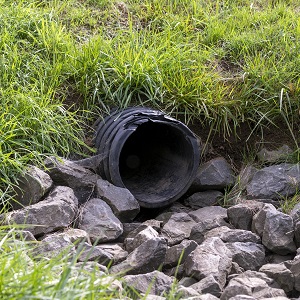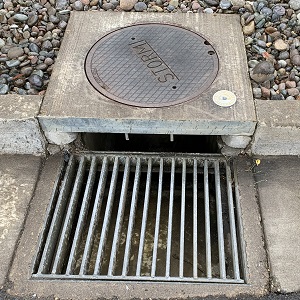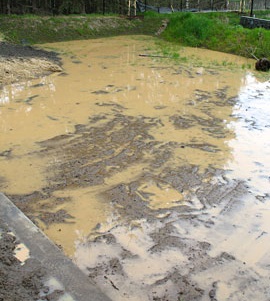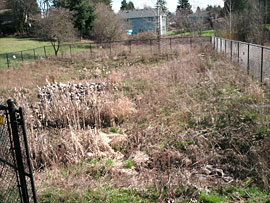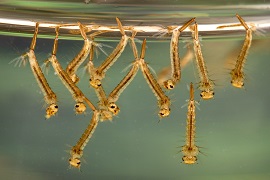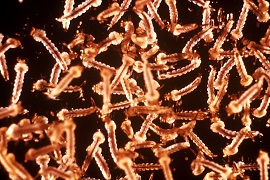Detention Pond
A stormwater detention pond is an open basin built by excavating below ground or constructing above-ground berms or embankments. The detention pond temporarily stores stormwater runoff and slowly releases it through a specially designed outlet or control structure. Detention ponds typically are designed to drain completely within a few hours or days. Some detention ponds include other types of facilities such as biofiltration swales.
Detention ponds can vary greatly, from appearing well-manicured to more natural. Sometimes, more natural-appearing vegetation is preferred for reduced maintenance and enhanced wildlife habitat. Some facilities are designed to appear as natural water bodies or park-like areas. Vegetation requirements can vary between jurisdictions, so make sure to check in with your local stormwater professionals.
Virtual tour
Click on the image below to get inside a detention pond and learn about common components and maintenance tasks.
Maintenance needs commonly associated with detention ponds
Maintenance sheets
Maintenance is needed if you see these signs
Bare, exposed soil
Slopes that are deteriorating
Sediment that restricts flow or clogs inlet and outlet pipes
Sediment buildup; the facility is not draining or conveying runoff
Unhealthy or dead vegetation
Blackberries or other problem weeds
Overgrown vegetation
Holes in berms or slopes
Leaves, trash and other debris
Water surface is discolored or has a sheen
Water stands in infiltration basin or detention ponds longer than 72 hours after rain stops
Bottom of slopes show signs of seepage and leaking
Trees, often alders, growing on the slopes
